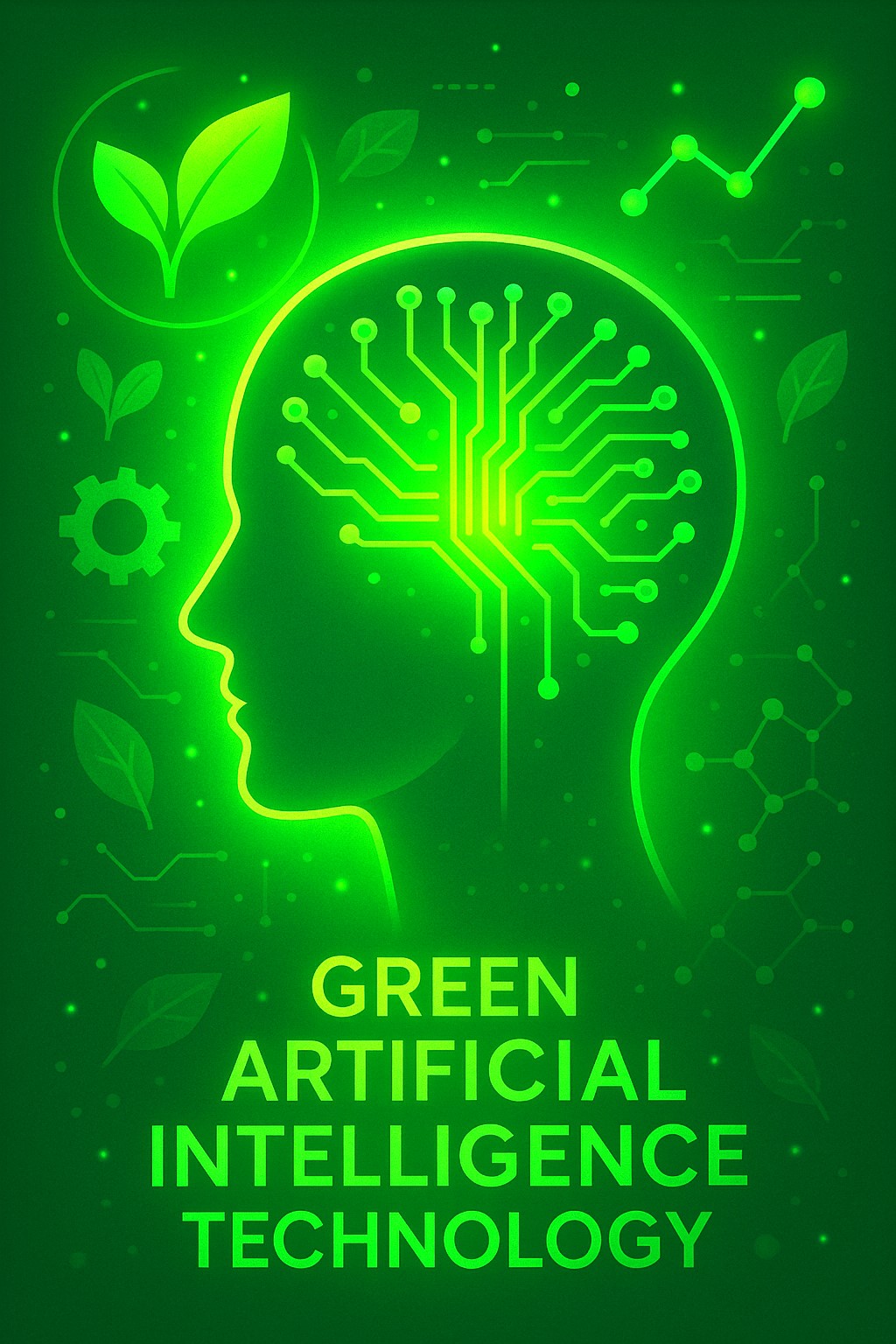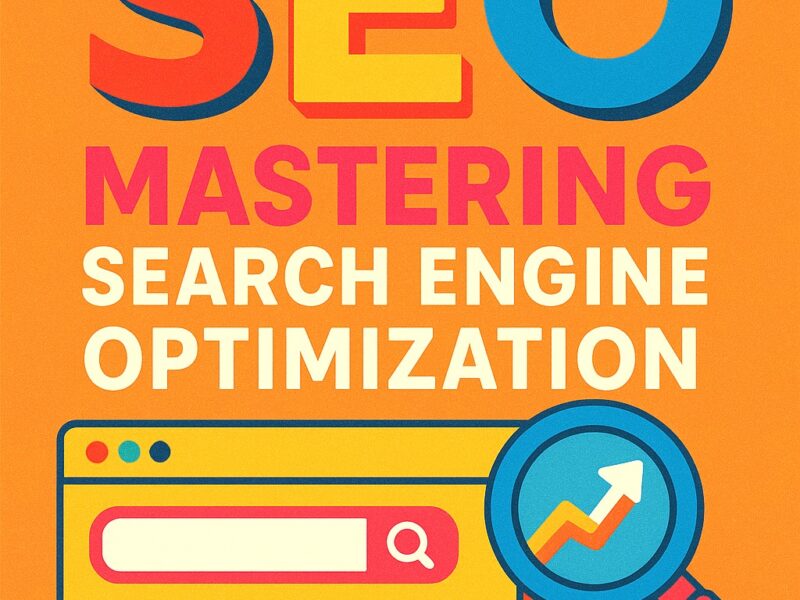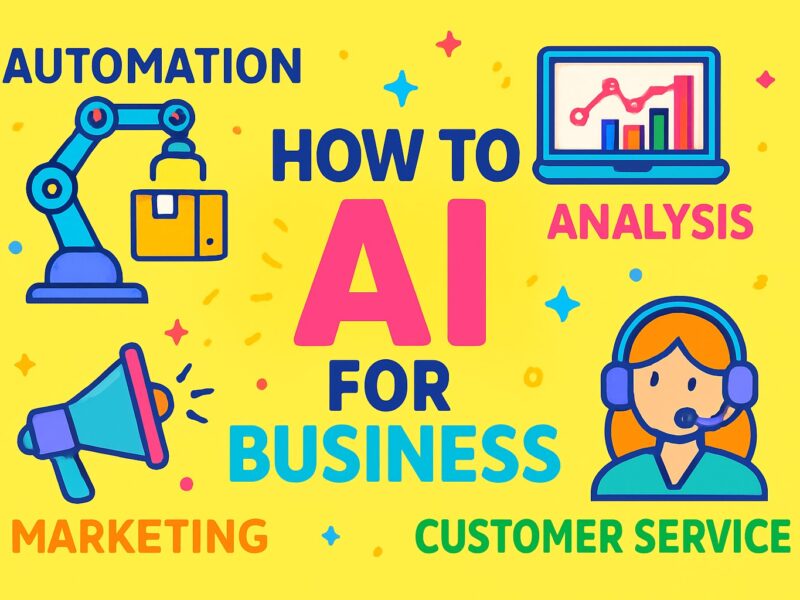Green Artificial Intelligence Technology

Artificial Intelligence (AI) is reshaping the world, but it also brings environmental concerns. Fortunately, a new movement is growing: Green Artificial Intelligence Technology. This concept combines the power of AI with eco-friendly practices, aiming to reduce energy consumption and support sustainability goals. Let’s dive deep into what it is, why it matters, and how it’s being applied today.
What Is Green Artificial Intelligence Technology?
Green Artificial Intelligence Technology refers to the design, development, and deployment of AI systems that minimize environmental impact. Traditional AI models, especially those that require extensive computational power like deep learning, can consume massive amounts of electricity. Green AI focuses on making these processes more energy-efficient, environmentally sustainable, and socially responsible.
Green AI is not just about saving power. It also emphasizes responsible sourcing of materials, reducing carbon emissions during AI training and deployment, and promoting sustainable AI applications, such as optimizing renewable energy grids.
The Environmental Impact of Traditional AI
Training a large AI model can be surprisingly energy-intensive. For example, training a single deep learning model can emit as much carbon dioxide as five cars over their entire lifetimes. These emissions come from the massive amount of electricity required to power data centers and perform computations.
Data centers alone account for around 1% of global electricity use. As AI adoption increases across industries, the environmental footprint could grow unless active steps are taken. This is why Green Artificial Intelligence Technology is becoming a top priority for researchers and businesses.
Key Principles Behind Green AI
There are several important principles that drive the development of Green Artificial Intelligence Technology:
-
Efficiency Over Accuracy: Traditional AI often prioritizes achieving maximum accuracy, even at high energy costs. Green AI seeks a balance between accuracy and energy efficiency, asking: “Is the tiny gain in accuracy worth the large cost in resources?”
-
Smaller, Smarter Models: Researchers are focusing on creating smaller AI models that achieve competitive performance without the huge computational burden.
-
Sustainable Data Centers: Many tech companies are investing in renewable energy to power their data centers, using solar, wind, and hydroelectric energy to reduce carbon footprints.
-
Lifecycle Thinking: Green AI evaluates the environmental cost across the entire lifecycle of an AI system—from development and deployment to decommissioning.
How Green AI Technology Works
Green AI technology operates through several mechanisms:
-
Energy-Efficient Algorithms: Developers create algorithms that require less processing power, use fewer resources, and complete tasks faster without sacrificing performance.
-
Model Compression Techniques: Technologies like pruning, quantization, and knowledge distillation help reduce the size and energy consumption of AI models.
-
Edge Computing: Processing data closer to the source (on edge devices) instead of centralized servers reduces transmission costs and energy use.
-
Hardware Innovations: Specialized hardware like AI accelerators are designed to perform computations more efficiently, drastically cutting energy use.
-
Renewable Energy Integration: Data centers that host AI models are increasingly powered by renewable energy sources, further minimizing environmental impact.
Real-World Applications of Green Artificial Intelligence Technology
Green AI is not just theoretical—it’s making a real-world difference across industries:
-
Smart Grids: AI is used to predict energy demand and supply in real time, helping balance the use of renewable sources like solar and wind, thus maximizing efficiency.
-
Agriculture: AI-driven systems optimize water usage, fertilizer distribution, and crop management, promoting sustainable farming practices.
-
Transportation: Green AI is used in route optimization to reduce fuel consumption and lower emissions for logistics companies and public transportation systems.
-
Urban Planning: AI helps design greener cities by analyzing data to optimize traffic flow, reduce pollution, and manage natural resources efficiently.
-
Climate Research: Scientists use AI models to predict climate patterns, detect deforestation, and track biodiversity loss more efficiently and accurately.
Challenges to Implementing Green AI
Despite its many benefits, there are challenges to widespread adoption of Green Artificial Intelligence Technology:
-
Trade-offs Between Efficiency and Accuracy: Some industries, like healthcare, require highly accurate AI predictions, making it difficult to sacrifice even small amounts of performance for efficiency.
-
Economic Costs: Developing green AI models and transitioning data centers to renewable energy can be expensive upfront, even if it leads to long-term savings.
-
Lack of Standards: There are currently no universally accepted standards for measuring the environmental impact of AI systems, making it hard to benchmark progress.
-
Awareness and Education: Many organizations are not yet fully aware of the environmental costs associated with AI development and usage.
Future Trends in Green Artificial Intelligence Technology
The future of Green AI looks promising, with several exciting trends on the horizon:
-
Eco-Labels for AI: Just like energy ratings on appliances, AI models might soon come with “eco-labels” indicating their environmental footprint.
-
Sustainable AI Research Awards: Academic and industrial AI communities are increasingly recognizing and rewarding environmentally friendly innovations.
-
Automated Green Design: New AI tools are being created that automatically design and optimize algorithms with energy efficiency in mind.
-
Partnerships for Green Innovation: Collaborations between governments, companies, and non-profits are forming to create global initiatives for greener AI technology.
-
Carbon-Neutral AI Startups: A new wave of startups is emerging, focused entirely on creating sustainable AI services and products from the ground up.
How Businesses Can Adopt Green AI
Businesses that want to embrace Green Artificial Intelligence Technology can start by:
-
Conducting Energy Audits: Assess the current energy consumption of their AI models and data centers.
-
Choosing Energy-Efficient Models: Prioritize lighter models that deliver acceptable performance at lower energy costs.
-
Investing in Renewable Energy: Powering data centers and cloud services with renewable sources significantly reduces environmental impact.
-
Encouraging Sustainable AI Practices: Foster a company culture that values environmental responsibility in AI development projects.
-
Partnering with Green AI Vendors: Work with suppliers and technology partners who share a commitment to sustainability.
Conclusion
Green Artificial Intelligence Technology is more than a trend—it is a necessary evolution for the future of both AI and the planet. As the demand for smarter, faster technology grows, so must our commitment to creating solutions that protect our environment. Whether through energy-efficient algorithms, renewable-powered data centers, or smarter AI development practices, the path toward Green AI promises a world where technology and nature coexist in harmony.
The sooner businesses, researchers, and policymakers prioritize Green AI, the better our chances of ensuring a sustainable and technologically advanced future. Green Artificial Intelligence Technology isn’t just good for the planet—it’s good for innovation, business, and humanity.
Key Takeaways
-
Green Artificial Intelligence Technology focuses on creating AI systems that are environmentally sustainable, reducing energy consumption, carbon emissions, and ecological impact.
-
Traditional AI models can have a massive carbon footprint, with some models emitting as much CO₂ as multiple cars over their lifetimes.
-
Key principles of Green AI include prioritizing energy efficiency over maximum accuracy, using smaller and smarter models, powering data centers with renewable energy, and applying lifecycle thinking to AI development.
-
Techniques like model compression, energy-efficient algorithms, edge computing, and specialized hardware are at the heart of reducing AI’s environmental footprint.
-
Green AI is being used across industries such as smart grids, agriculture, transportation, urban planning, and climate research to drive sustainability initiatives.
-
Challenges to Green AI adoption include balancing performance with efficiency, upfront economic costs, lack of environmental standards, and the need for greater awareness.
-
The future of Green AI includes innovations like eco-labeling AI models, automated sustainable algorithm design, and carbon-neutral AI startups.
-
Businesses can adopt Green AI by conducting energy audits, choosing efficient models, investing in renewable energy, and working with sustainable technology partners.
-
Embracing Green Artificial Intelligence Technology is crucial for achieving a sustainable future where technological advancement supports, rather than harms, the environment.
References
https://en.wikipedia.org/wiki/Environmental_technology
https://en.wikipedia.org/wiki/Artificial_intelligence
Links License – https://en.wikipedia.org/wiki/Wikipedia:Text_of_the_Creative_Commons_Attribution-ShareAlike_4.0_International_License
Dear Friends, warmly welcome You to visit link below to discover more tech products from my blog. Thanks For Your Support.
https://techsavvo.com/category/tech-products/
Thanks For Reading This Post On “Green Artificial Intelligence Technology”.


